The Article
TANNOY EATON: HIGH CALORIE SOUND
7th October 2017
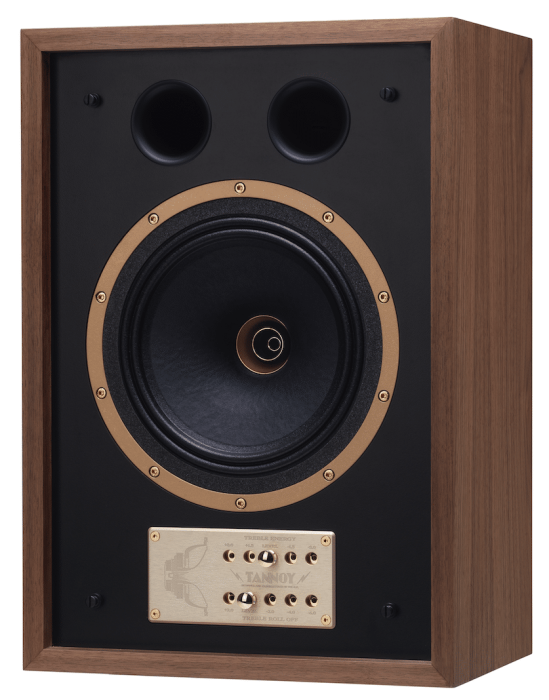
Taking a rather retro look to its design ethic, Paul Rigby reviews the Tannoy Eaton stand-mount speakers
I know that it’s a question of personal taste but I just love the look of Tannoy Eaton speakers. I also know that their design philosophy dictates, to some extent their final design approach but I wholeheartedly support their decision not to ‘go thin’ like just about every other sheep-like, scared-of-their-own-shadow, loudspeaker manufacturer on planet Earth. I’m so used to seeing thin speakers. Speakers, so slim, they disappear within their own anorexic slenderness if viewed head on.
I often wonder if the hi-fi industry is sacrificing itself on the alter of interior design. A slave to some obscure marketing perception that money is to be found in the lifestyle arena. Wherever and whatever that is. A PR man’s dream that speaker manufacturers have to please, what they call, the ‘little woman’ back home (you know, the one who stands in the middle of the front room wearing a pinny, holding a feather duster and permanently lives in 1956.)
The entire raison d’être of so much loudspeaker design often starts from a design perspective. Not a sound and music perspective. My god, speakers are packed with enough compromises as it is. It’s nigh on impossible to produce the perfect speaker given all the tools you need, anyway. Never mind adding to the problems because you have to satisfy Homes & Garden magazine.
Which, as I say, is why I like Tannoy.
Tannoy raises a lower frequency modulated middle finger to the industry, daytime TV home makeover programmes and the soft furnishings department in Laura Ashley.
The meaty looking Eaton speaker is a prime example of what Tannoy is all about. More so, in fact, because the Eaton has direct links to the original, 70s-era HPD (High Performance Duel) Series. You can see the original models, pictured below (many thanks to Hamiltononkeith on Youtube for the image and you can hear the originals in action playing a slice of Pink Floyd, if you want a demo of that early sound)
Now under new ownership, Tannoy has looked again at the Eaton design. The new Eaton incorporates changes, as you might expect. The driver and electronic component technology, for example. Each Eaton loudspeaker cabinet is hand made at the Coatbridge, Scotland workshop from 19mm MDF with plywood internal bracing plus damping. There are 12mm rubber pads on the base and twin, front-firing ports, on the upper front fascia which will aid room positioning.
If you check out the images here, you’ll see how the 10” (254mm), paper Dual Concentric Driver (with no dust cap) dominates the design, which includes two independent channels to separate the low frequency and high frequency sections of the driver. The high end is handled by a a 33mm aluminium/magnesium alloy domed tweeter with a tulip wave guide.
A front mounted 2-band “energy control panel” allows you to boost or cut the lows and/or highs to suit your taste. This beautifully designed area is almost Victorian in its finish.
You will also find heavy duty 24 carat multi-layer gold plated WBT bi-wireable binding posts on the rear plus a fifth binding post to, “…reduce RF interference and improved mid range clarity.” Bridging connectors are including if you want to connect single wires to your amplifier.
With an 89db sensitivity, the speakers span 538 x 376 x 250mm and weigh 20kg. The speakers arrive with a nylon grill cover but I removed them for testing. The speakers are finished to high standard. I mounted them on low and wide speaker stands.
In terms of component matching, I would lean towards valves. I did give the speakers a quick solid state amplifier test using a Leema Tucana II but I didn’t feel that the match worked. Lots of precision and focus but no soul. Not the fault of the Leema, just a match-up issue.
I’ll add a necessary caveat. I’ve offering a view from my ears. You might like the solid state-backed sound with the Eatons. Which is all the more reason, when looking to buy, to try your best to arrange a thorough demo to make sure that your proposed chain ‘feels’ right.
SOUND QUALITY
I began by spinning a beautifully mastered and pressed vinyl version of The Fall’s Frightened from a first pressing of Live At The Witch Trials. For a few seconds, I was motionless and a bit dumb-founded. The nature of the stereo imaging was just staggering. I’d never really heard anything like it before. Many speakers take the soundstage and present it to you in a fairly flat manner. Then some of the good examples push the stereo image back and provide depth and a slice of 3D to add a firming image.
Not the Tannoys.
What the Eatons did was to pick up the lead singer, Mark E. Smith, and drag him forward into new space. Then they placed air and space around him. I felt that I could have risen from my chair and walked around him. That was how crafted the image was. Not so much 3D as hologrammatic!
You’ve also not heard bass proper bass, until you’ve heard it from a large cone surface. And I don’t mean the floppy, Jamaican reggae DJ rig-style of large coned bass either. Tannoy do bass like no other. This track is dominated by the drums and, hence, the bass is not just important here, it is absolutely critical. The Eatons take the bass but don’t add that irritating artificiality that many speakers give you: the punchy, thwack that pretends to sound powerful. No, the Eatons bring bass from the very basement of hell and it rumbles up from that space, from the place that Beelzebub keeps his ladders, bikes and leaf blower. It slowly bubbles to the surface like a lower frequency tidal wave and booms at you quietly and slowly and with threat. Real threat. Tannoy’s bass has no need to shout. No need to be ‘punchy’. You know that ‘Ooooo’ exclamation that the Minions use in the film, Despicable Me? That’s what I did when I first heard the Eaton’s bass. Yet, the bass was never sluggish. It was mobile, swift and fleeting when required.
So much for the soundstage and bass, what of the ever important upper frequencies? I found the treble, from the cymbals, informative, slightly warm but wholly informative. I had a feeling that the treble was emanating from a big piece of metal: which it did, of course. Hence, treble also had substance and weight. Upper mids offered a similar response with the manic lead guitar offering plenty of clarity and detail to provide insight and an awareness of exactly what the player was up to in terms of application and effort.
I tested the Treble Energy plug and was impressed how it affected sound. This was no gimmick-like EQ that you might find on a DAC. Adding +1.5db on the roll off really open up the upper frequencies, adding air in the upper mids and adding emphasis to this region. Great to really push well recorded LPs but maybe too much for slightly compressed fare. Nice to have the option, though.
Similarly, lowering the Roll Off by 2db added a touch of bite to the upper mids but in subtle terms, enough to enhance detail and lift the lead guitar to interesting levels.
What I like about these switches is that they are real world and practical options. The sonic change is real but the steps are not too large.
I then changed the music to jazz and Gogi Grant’s version of the standard, By Myself. This LP has been mastered with obvious compression and so needs careful handling to perform well. Grant performs in front of a relatively complex jazz-tinged orchestra.
What really impressed me from the off on this track wasn’t the expected bass but how the Tannoy Eaton designs handled the lead vocal. Grant has one of those vibrato-rich voices which can be utilised and thrown about to express all kinds of emotion. Some speakers fail to control it, though, making it sound like a windsock in a hurricane. The Eatons grabbed the Grant voice and gave it freedom to manoeuvre but never allowed it to lose its form or character. This meant that Grant ‘owned’ the song. She commanded it, took a lead in directing where and when it moved here and there and, thus made the entire performance far more palatable and enjoyable.
We now know all about the Eaton’s bass but, here, there was a real character-lead upright bass in which resonances played an important part. The brass, meanwhile, occupied an airy bubble of their own. The added space applied to the brass gave them their own reverb tails which added a sense of dynamism when the brass pitched in. A splendid track, made so by the Eaton’s handling of the disparate frequencies.
The same could be said for Japan’s 12″ version of I Second That Emotion. Highlights includes the Sylvian signature delivery which, via the Eatons, sounded as if it emerged from his diaphragm. Detail and insight was such that the harmonies behind his lead vocal were delightfully detailed, sweet-sounding and tuneful. Meanwhile, secondary percussion such as the simple wooden block was open, clear and succinct.
CONCLUSION
Before you even connect the Tannoy Eaton speakers, they look big, bold, meaty and strong which, it has to be said, will not appeal to those looking for a more aesthetic streamlining. If all you care about is music though – and if you are buying hi-fi of any sort, you really should – then the Tannoys will not only please, they will delight and, quite often, shock (in a nice way, of course). They present music in a structured and organic fashion and, while you can tweak the sonic edges with its excellent front fascia switches, the basic ‘level’ sound quality is quite superb being balanced and informative. If you have forgotten how music can amaze you, try and demo a pair of Tannoy Eatons and be reminded all over again.
TANNOY EATON SPEAKERS
Price: £4,400
Website: www.tannoy.com
GOOD: bass with plenty of awe, soundstage imagery, tonal realism, midrange detail
BAD: aesthetics will put off some
RATING: 9
REFERENCE SYSTEM
Origin Live Sovereign turntable
Origin Live Enterprise 12″ arm
Transfiguration Proteus cartridge
Icon PS3 phono amplifier
Leema Elements CD Player
Aesthetix Calypso pre-amp
Icon Audio MB845 Mk.II monoblock amplifiers
Quad ESL-57 speakers with One Thing upgrade
Vertex AQ & Atlas cables
Harmonic Resolution Systems Noise Reduction Components
All vinyl was cleaned using an Audio Desk’s Ultrasonic Pro Vinyl Cleaner


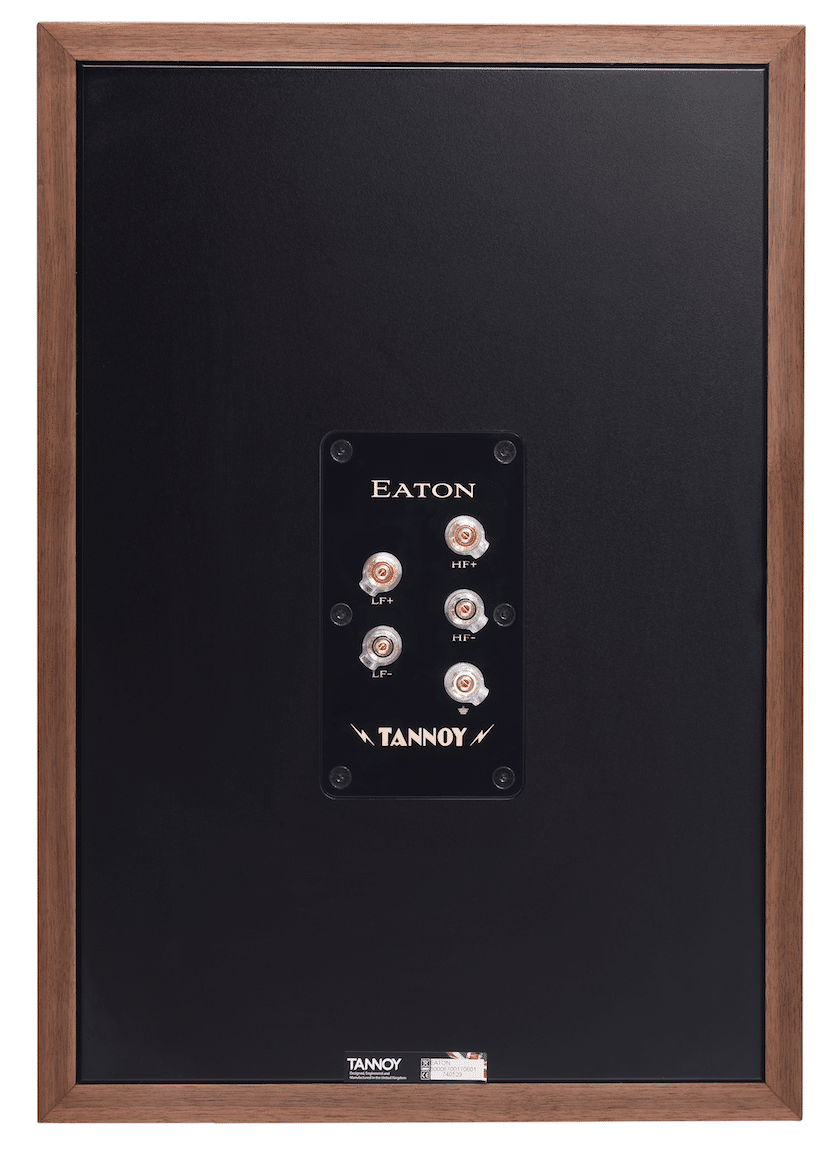
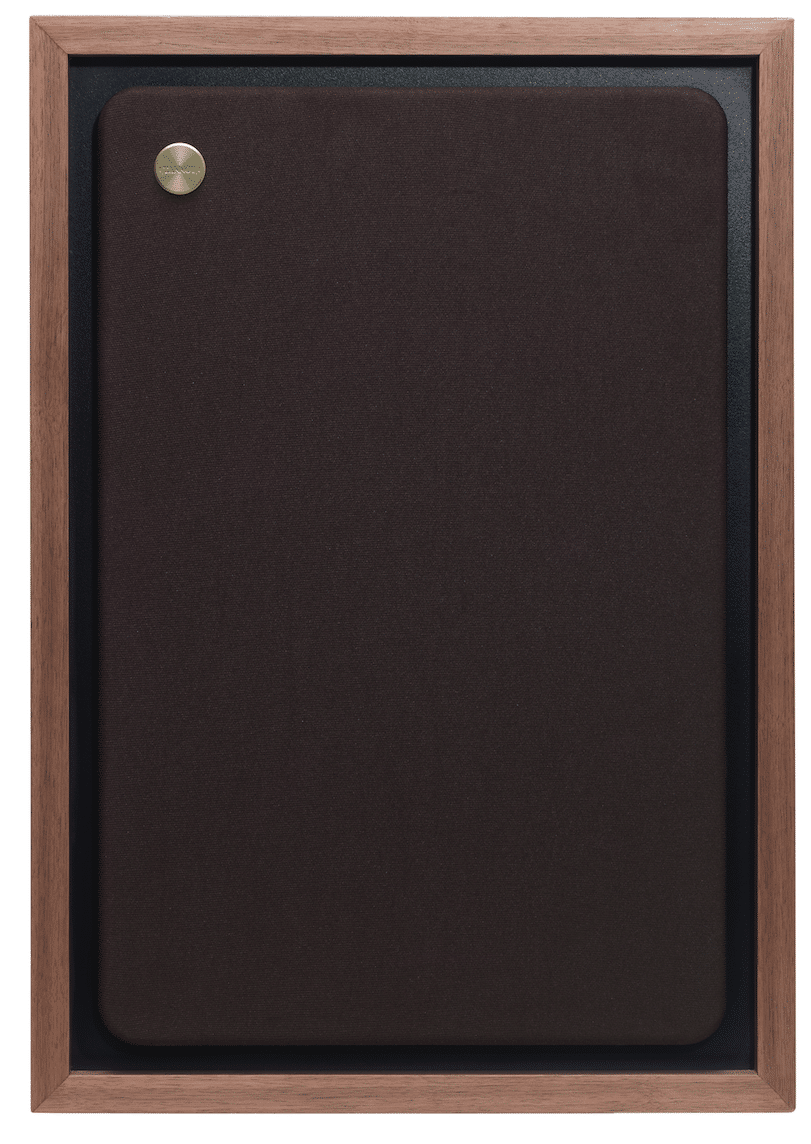
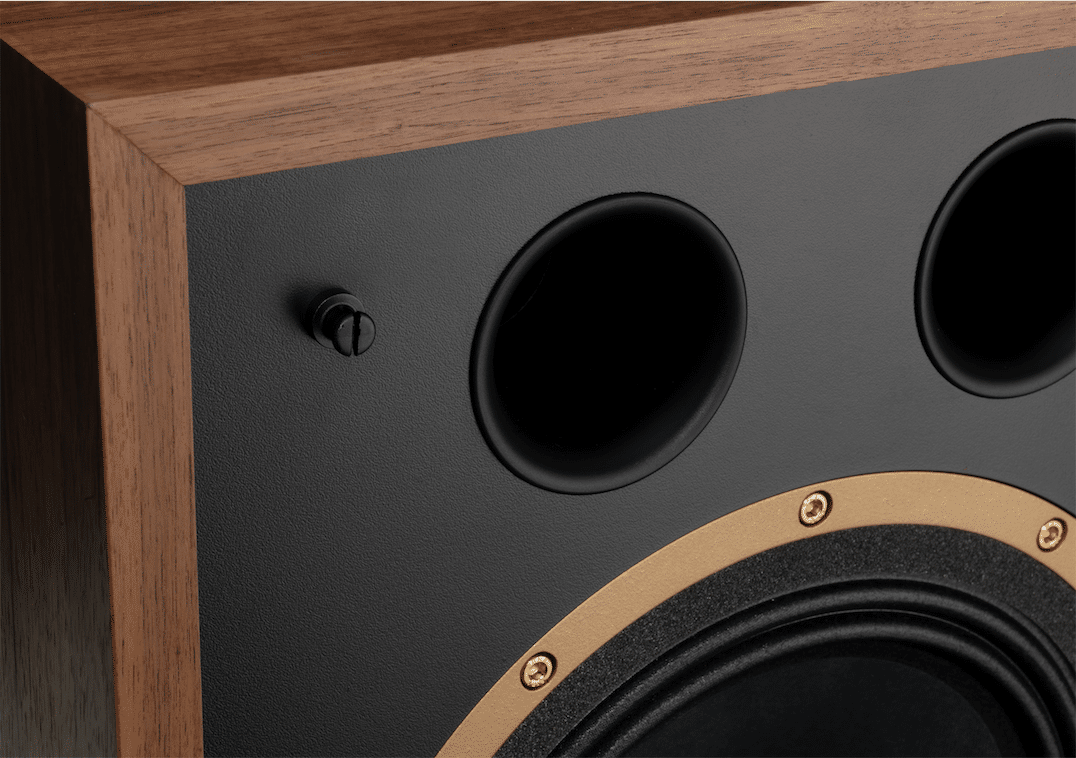

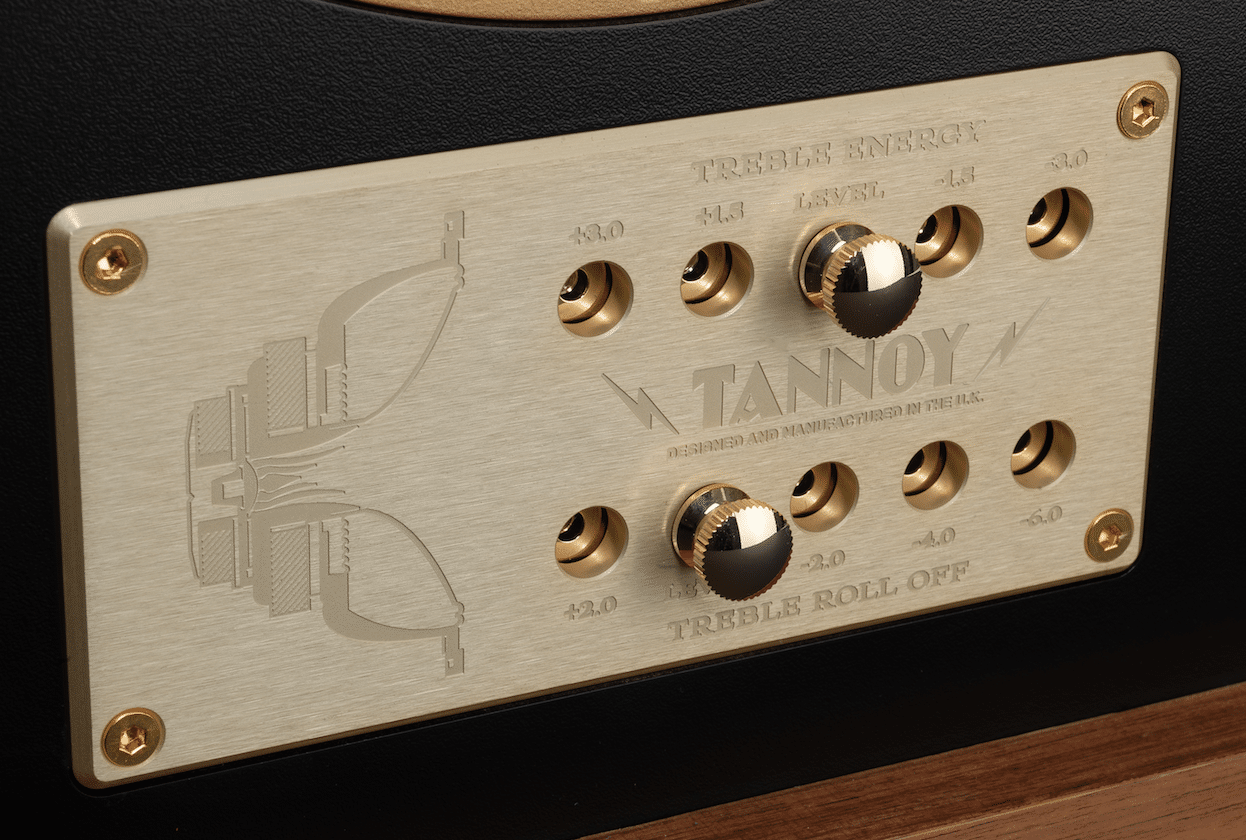
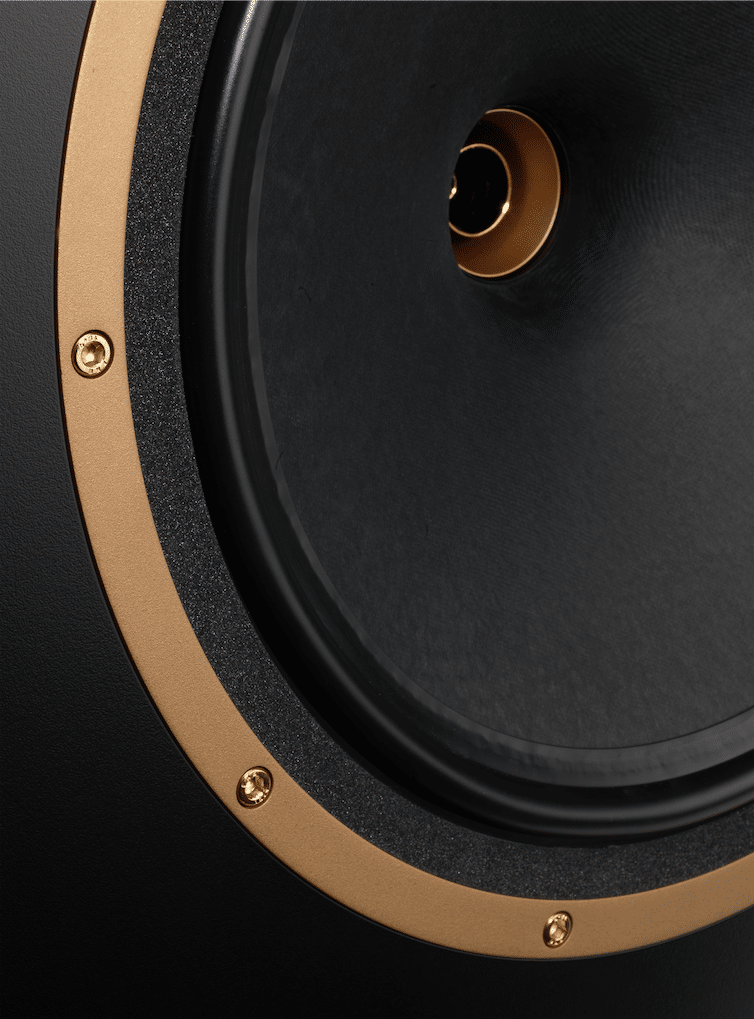

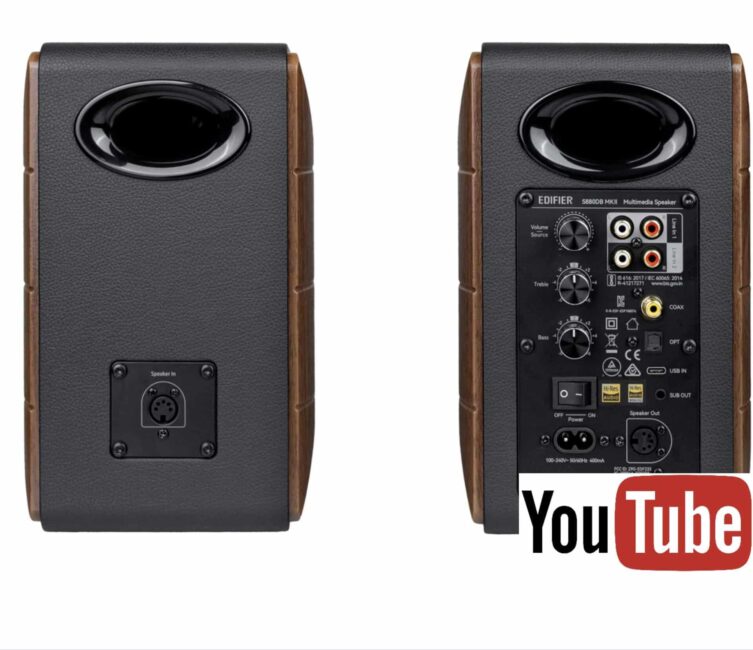
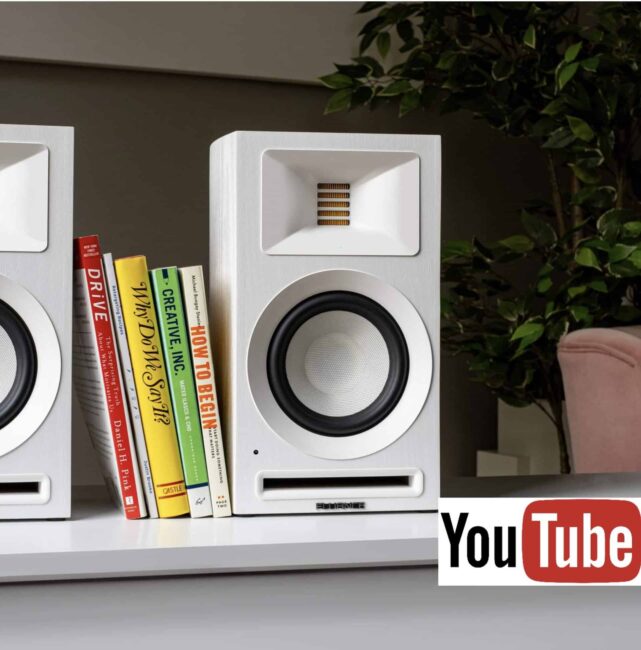
Hi Paul, I love the Tannoy aesthetic, and have owned a couple of the Revolution range (DC6T and DC4). But my room is on the small side (about 9 feet square). Would something as large as the Eaton stand any chance of working well in that situation?
Thanks, Alex
Hi Alex – these speakers would threaten to over-excite your room in terms of bass resulting in bass bloom I reckon. I’d look at a pair of smaller stand mounters.
Thanks Paul – you have confirmed what I feared to be the case! Alex
Hello from Canada. What height of speaker stands do you recommend for the Tannoy Eatons?
Hi Barry – stands that reach around your ear height when you’re seated in your listening room. So it sorta depends on you, really. I would take a look at the Fortis range from HiFi Racks which were made for classic Spendors but should fit ok: https://www.hifiracks.co.uk/collections/speaker-stands/products/fortis-speaker-stands
If you like them, I’m sure the company will be able to help you out with any fine tuning in terms of fit and height for the speakers and room. I’d take some measurements in your listening room too.
For stands to go with the eatons, I highly recommend atacama…they have a stand that is about 18 inches high and the proper dimensions on both the top and bottom plate to properly support the large eatons.
Thanks for that, Tony.
Thanks for that review Paul. It’s good to see Tannoy going back to their best, and then improving even further. Never mind streets ahead, like they always were, they must be a whole town ahead by now! Dual concentric drivers always have that advantage over every other woofer-tweeter system, that they have the perfect phasing of a single full range driver, which is the principal reason why Tannoys are so good. My own 1979 10″ Ascot T145 Tannoys still stand up as one of the best bookshelf speakers ever made. I say bookshelf – I had to use adjustable frame units to fit them! But they are the perfect size and power for my living room, and bizarrely they can handle much bigger rooms, still with aplomb too. Like you, I have them angled inwards, to create that perfect 3D sound stage. So glad that Tannoy are still going, and I loved your creative descriptions of the sound they make!
Many thanks for your kind word Marcus and yes, I was impressed with the Eatons.
Paul.
I own Moon 240I integrated amp rated 50 wpc.
do you hve any idea about the cobination (pairing) ?
any comperible speakers less expensive than the eaton yet non inferiors in particulatr the bass feeeling ,,,
Technically, I don’t see any issue pairing the together.